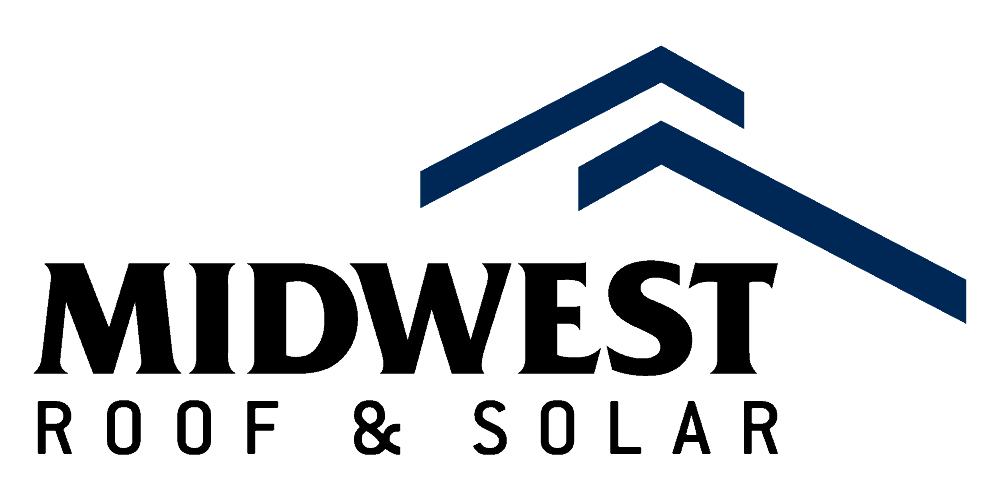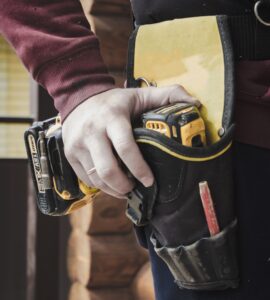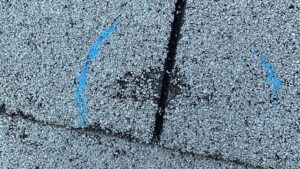When you buy your first home, home insurance is one of the best investments you can make. You’ve worked hard and spent a lot of money to buy a house, and now you need insurance to protect it from things like fires, theft, and vandalism. There’s no way to know when a hailstorm will damage the roof of your house or when someone will trip and fall and get hurt badly, making you responsible for their medical bills. But home insurance protects you when things like this happen.
What is home insurance, and what should you know about it?
Home Insurance overview
Home insurance protects you financially if something covered by the policy, called a peril, happens. Most policies will tell you what is covered and what isn’t, how much money you are covered for, and what the policy limits or doesn’t cover.
Most policies have a few key parts, and each one is a crucial part of keeping you safe from the many risks that exist today.
Structure coverage
The house itself is what is covered by the structure coverage part of home insurance. This part of the policy covers things that could damage the building, like a fire that starts after lightning strikes. It should cover all parts of the house that are attached to it, like a garage. If your house has a detached garage or other outbuildings, they need to be listed separately, but they should also be covered by your homeowner’s insurance.
Contents
The contents part of your home insurance policy tells you how your personal belongings and other things commonly found in the home are covered. Sometimes, the amount of money that is covered per item is limited. For example, it might cover items that are worth up to $1,000 each. If you have things that are worth more than this, you should list them in the policy. This helps make sure that they keep their insurance.
Insurance for liability
If someone gets hurt on their property, the homeowner could be held responsible. This kind of insurance protects you and your property from lawsuits. It could be something like a fall that hurts someone or if your dog bites a neighbor.
If your home is not livable
There are times when the building gets so badly damaged that you can’t live there while the repairs are being made. This kind of loss is covered by the coverage for loss of use or additional living expenses. It could help pay for the cost of renting a place to live while your home is being fixed, as well as the cost of meals, doing laundry, and other costs that come with having to move out while your home is being fixed. Loss of use coverage is usually about 20% of the cost of your dwelling coverage.
Medical payments
Some kinds of home insurance cover medical bills for other people injured on your property. This doesn’t protect you as a homeowner or the people who live in the house from danger. Instead, it helps pay for some kinds and amounts of medical bills.
What does a policy for home insurance cover?
When you buy home insurance, you’ll need to look over the details to make sure you know what’s covered and what’s not. Work with your insurance agent to make sure you understand what this means, as it can affect how much the policy is worth and how well it protects you.
Here are some tips, but policies can be different. That means you should think carefully about your policy.
What usually comes with Homeowners insurance
- Most HO-3 policies, which are the most common type of home insurance, will cover the following:
- Fire or lightning damage to the structure of a personal item
- Damage from windstorms, like tornadoes and hurricanes
- Storm damage, like hail damage
- Things that fall (like tree branches striking the roof as long as it is not a maintenance issue)
- Explosions
- Riot or public disturbance
- Smoke damage
- Theft
- Vandalism
- Damage from ice, snow, and sleet (such as from the weight of it)
- Main systems in your home, like your plumbing, can freeze if it’s too cold.
Some policies cover everything. That means they cover almost any kind of claim, except for things that are specifically mentioned in the policy. Others are very clear about what is and isn’t covered and leave out everything else.
What doesn’t usually get talked about
Most home insurance policies have safeguards that limit claims. Some of these are:
Any damage caused by carelessness or normal wear and tear
Any damage done by the owner or the people who live there, like vandalism
floors, and tremors (this is dependent on where you live and whether you purchase a separate level of protection for these risks)
- Loss on a global scale
- Loss caused by earth movements
- Loss of power in general
- War has caused damage.
Usually, exclusions are listed, but you shouldn’t try to guess what they are here. For example, if a nearby river overflows and floods your home, that’s probably not covered, but the damage could cost you thousands of dollars. Talk to your insurance agent to make sure that your policy meets your needs.
How much insurance do you need for your home?
When you buy your first home, the last thing you want to think about is something bad happening to it. Unfortunately, that can happen to anyone. It’s important to have enough coverage for each of the important parts of home insurance. Here are some things to think about.
The cost to build back after damage
When deciding how much insurance to buy, think about how much it would cost to rebuild your home. This is something that needs to be thought about carefully over time, since the cost of materials and labor can go up much faster than most people expect. Keep in mind that it usually costs a lot more to build a home from scratch than it would cost to buy it on the market. Talk to your home insurance agent to find out how much it would cost to rebuild the house if it was completely destroyed.
Out of pocket responsibilities
On a home insurance policy, the deductible is the amount of money you pay out of pocket if something covered happens. Choose a number that you can pay if you need to make a claim.
The deductible changes how much your coverage costs. With a higher deductible, the insurance company takes on less risk, which lowers the cost of your coverage. A lower deductible makes it more likely that the insurance company will have to pay out, which drives up the cost of coverage.
Liability
Working with your home insurance agent to figure out the best liability coverage is very important. Find out what people in your area usually do. This should usually be $300,000 or more, but it depends a lot on how many claims are made in your area every year.
Personal things
It is smart to write down what you own. So, you’ll need to figure out how much all of your things are worth. When you buy something new, take a picture of it or keep the receipt. Personal property should be worth the same amount as what it would cost to replace all of your things. That could be at least $100,000.
How can you save money on home insurance?
The most important first step is to make sure you have enough insurance to cover any type of loss that is likely to happen in your home. Talk about the risks and different types of claims that people in your area have. That’s a good place to start to figure out what’s needed. Then, think about these ways to save money.
Choose a deductible that is a little bit higher but that you can still afford. That can help lower your overall costs from one year to the next.
Use a home security system, carbon monoxide and fire detectors, and sprinkler systems to make your home safer and save money.
Bundle your home insurance with other insurance that protects you, like your car insurance. This can bring down the total cost.
There are a number of things that affect how much homeowners insurance costs. Among those things are:
- How dangerous your area is (if you live in a high-crime area or an area prone to flooding)
- Your credit rating (a higher score could help you qualify for a lower rate)
- If you’ve made a lot of insurance claims in the past, your premiums may go up.
- If your dog breed is known to be aggressive,
- The fact that the property has a swimming pool or other high-risk features
- Where you live and how close you are to a fire station and fire hydrants
One important thing to remember if you want to save money on home insurance is to make sure you have enough coverage and that it protects you from the most likely risks. So, the policy will be there to help you if you ever need it.
Most of the time, you can’t get home insurance. As long as you have a mortgage on your home, most mortgage lenders will require you to have full-coverage home insurance. But even after that, it can give you peace of mind about money for many years.





